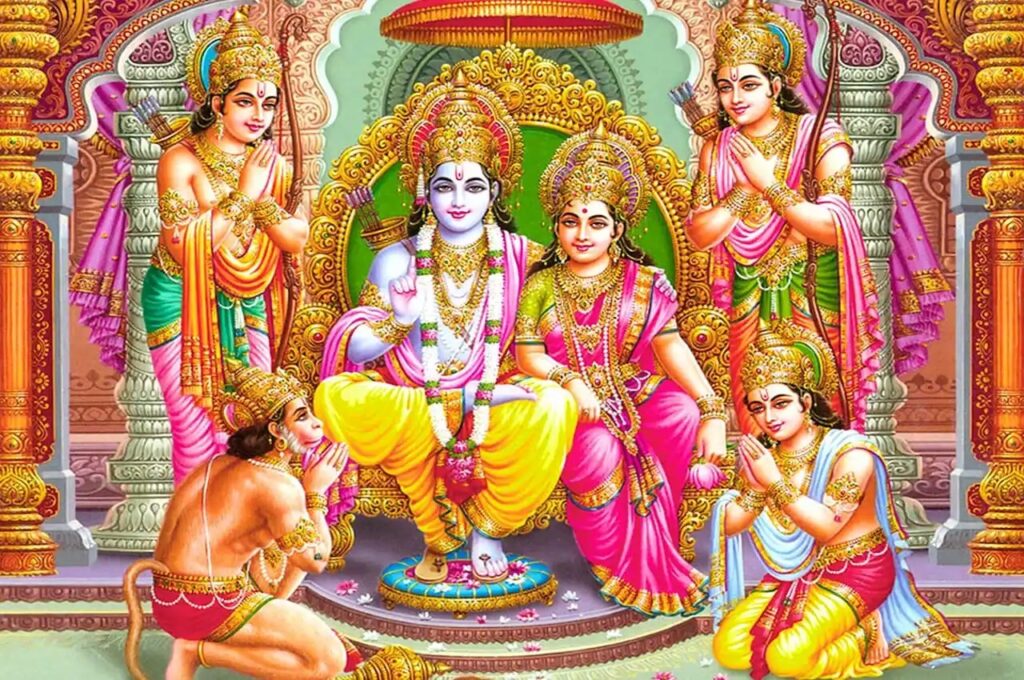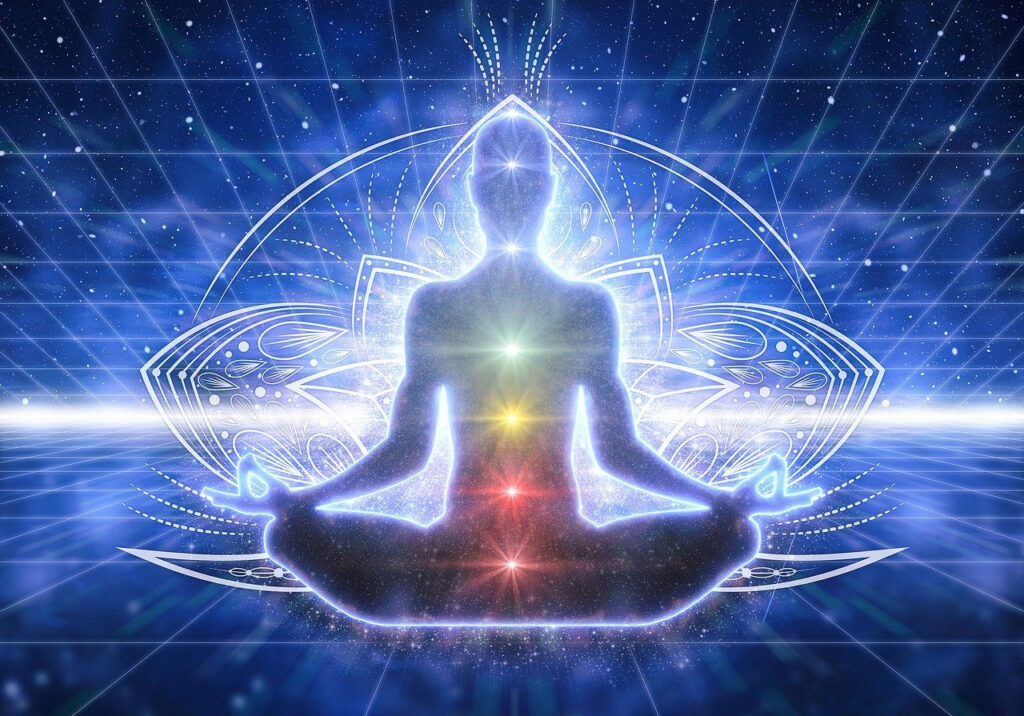Shiva Purana
🕉️ Shiva Purana: An In-Depth Exploration
📜 1. Background and Composition
Name: Śiva Purāṇa (शिवपुराण)
Category: One of the 18 Mahapuranas—the most revered genre of Sanskrit texts in Hindu tradition.
Language: Originally in classical Sanskrit
Attributed to: Sage Vyasa, the same sage who compiled the Vedas and authored the Mahabharata.
Estimated Date: While the original text may date back to the first millennium CE, it has been redacted and expanded over centuries, especially during the medieval period.
📚 2. Structure and Contents
The structure of the Shiva Purana varies in different manuscripts. Some versions contain 7 samhitas, while others have 6 or 12. The most commonly referenced version has:
🔸 Vidyesvara Samhita
Introduction to the greatness of Shiva.
Emphasizes the importance of listening to and reciting Puranas.
Describes the types of devotees and how liberation is attained through devotion to Shiva.
🔸 Rudra Samhita (Most extensive section)
Creation and cosmology from a Shaiva point of view.
Life and legends of Shiva, Parvati, Ganesha, Kartikeya, and other divine beings.
The wedding of Shiva and Parvati.
Stories like the burning of Kama (god of love), Daksha Yajna, and Tripura Dahana (destruction of the three cities).
🔸 Shatarudra Samhita
Describes the 100 forms of Lord Rudra.
Details on rituals, daily worship practices, and esoteric meditations on Shiva.
🔸 Kailasa Samhita
Describes the ideal behavior of Shiva devotees.
Rules for ascetics and householders.
Discusses Jnana (knowledge) and Vairagya (detachment).
🔸 Vayaviya Samhita
Focus on Shaiva philosophy and ritual practices.
Mythical stories intertwined with metaphysical explanations.
Description of temples, lingas, and sacred geography.
🔸 Dharma Samhita
Ethical and spiritual guidelines.
Emphasis on Dharma, Ahimsa (non-violence), and truthfulness.
The concept of Karma and Moksha.
🌌 3. Philosophical and Theological Aspects
The Shiva Purana is more than mythology—it’s a rich spiritual philosophy rooted in Shaivism.
🔷 Shaiva Theology:
Shiva as Paramatma (Supreme Soul): Beyond form and attributes, yet also manifest in various forms.
Explains the Pancha Brahmas: Fivefold aspect of Shiva—Sadyojata, Vamadeva, Aghora, Tatpurusha, Ishana.
Integrates Advaita (non-dualism) with Bhakti (devotion).
🔷 Shiva and the Universe:
Shiva is the creator, preserver, and destroyer—encompassing all three roles traditionally associated with Brahma, Vishnu, and Shiva.
Describes the cyclic creation and dissolution of the universe (Srishti, Sthiti, Samhara).
🔷 The Linga Symbolism:
The Shiva Linga is described as the cosmic pillar of existence (Stambha Purana myth).
Symbol of the formless, eternal, and genderless aspect of God.
📖 4. Notable Stories and Legends
Here are a few legendary tales that appear in the Shiva Purana:
Daksha Yajna: Where Sati (Shiva’s first consort) immolates herself, leading to Shiva’s rage and the destruction of the Yajna.
Ganesha’s Birth and Beheading: Parvati creates Ganesha; Shiva unknowingly beheads him and later revives him with an elephant’s head.
Kartikeya’s Origin: Born from Shiva’s spark to destroy the demon Tarakasura.
Tripura Samhara: Shiva destroys three cities (Tripura) of demons with a single arrow.
Shiva as Ardhanarishvara: The androgynous form of Shiva-Parvati symbolizing the unity of male and female energies.
🛕 5. Ritual and Devotion
The Shiva Purana is not just theological—it is also prescriptive and devotional.
Describes the rites of initiation (Diksha) for Shaiva followers.
Instructions for Shivaratri, Linga worship, and recitation of sacred mantras like the Maha Mrityunjaya Mantra and Om Namah Shivaya.
Advocates pilgrimages to Shiva temples like Kashi, Kedarnath, and Kailasa.
🧘♂️ 6. Spiritual Practices and Yogic Insights
Emphasis on inner purity, meditation, yogic disciplines.
Shiva is seen as the Adiyogi (first yogi) and Adi Guru.
Combines Bhakti (devotion), Jnana (knowledge), and Yoga (meditation) as paths to liberation.
🛤️ 7. Legacy and Influence
Deeply influential in Shaiva sects like Pashupata, Kapalika, and later Shaiva Siddhanta and Kashmir Shaivism.
Shaped temple rituals, folk traditions, and classical arts across India and Southeast Asia.
Continues to be read during festivals, religious ceremonies, and daily worship in many households.
🪔 Final Thought
The Shiva Purana is more than a text—it’s a living embodiment of Shiva consciousness. It teaches that through love, devotion, understanding, and surrender, the devotee can unite with the infinite. Its layers of meaning invite endless contemplation, whether you’re a seeker, scholar, or spiritual practitioner.





Pingback: Know about our Purans - Vaidik Puja